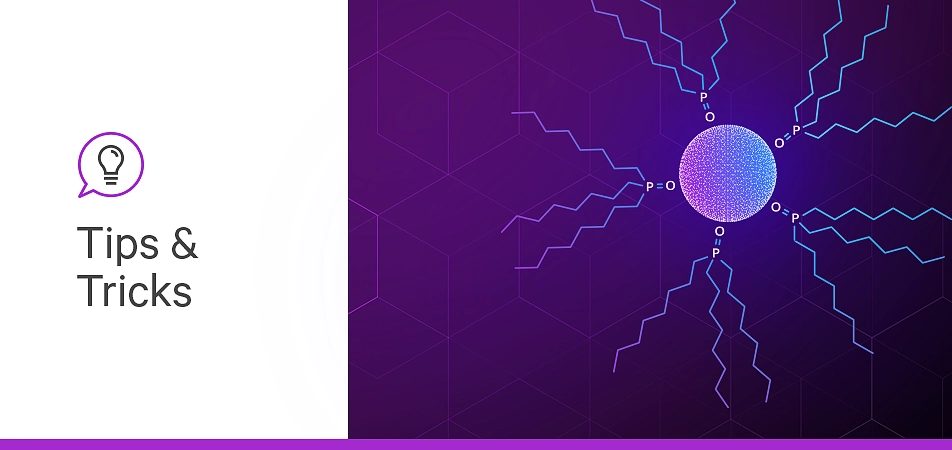
Quantum Dots
In the first of our three part series on Bioconjugation, we’ll be exploring what’s involved, how it enables life science research, the challenges associated with it, and the excitement in future work.

In the first of our three part series on Bioconjugation, we’ll be exploring what’s involved, how it enables life science research, the challenges associated with it, and the excitement in future work.
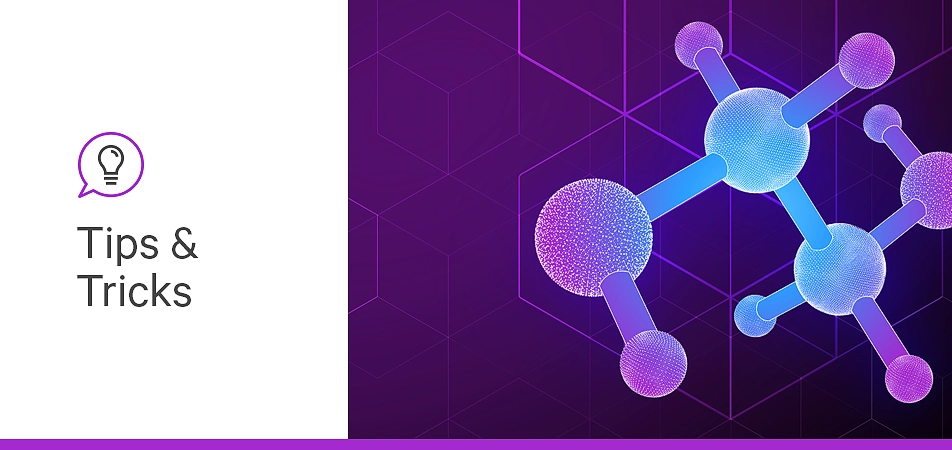
In the first of our three part series on Bioconjugation, we’ll be exploring what’s involved, how it enables life science research, the challenges associated with it, and the excitement in future work.
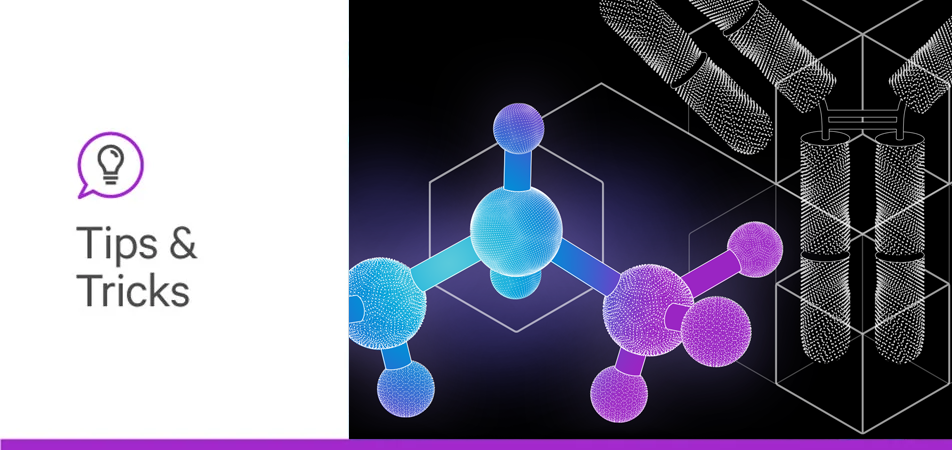
In the first of our three part series on Bioconjugation, we’ll be exploring what’s involved, how it enables life science research, the challenges associated with it, and the excitement in future work.

In the first of our three part series on Bioconjugation, we’ll be exploring what’s involved, how it enables life science research, the challenges associated with it, and the excitement in future work.

In the previous section, we discussed the methods of bioconjugation. And the marriage of a biomolecule and a small molecule has given rise to various modalities commonly used in biomedical research. Here, we focus on the applications in the fields of therapeutics, diagnostics, protein-protein interactions, and nanotechnology.

With knowledge of the applications that bioconjugation can play into, we finish by highlighting its key advantages and critical uses. While the applications are much broader than what we summarize here, we can deduce common threads between these methods.
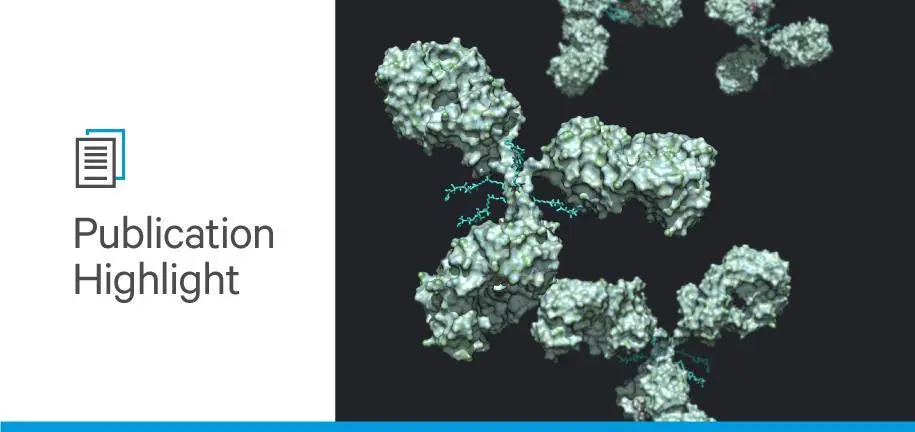
The use of several promising drugs as treatments for autoimmune and inflammatory diseases has long been limited due to their toxic side effects. Wang et al. demonstrate how these barriers could be overcome with a novel antibody-drug conjugate.
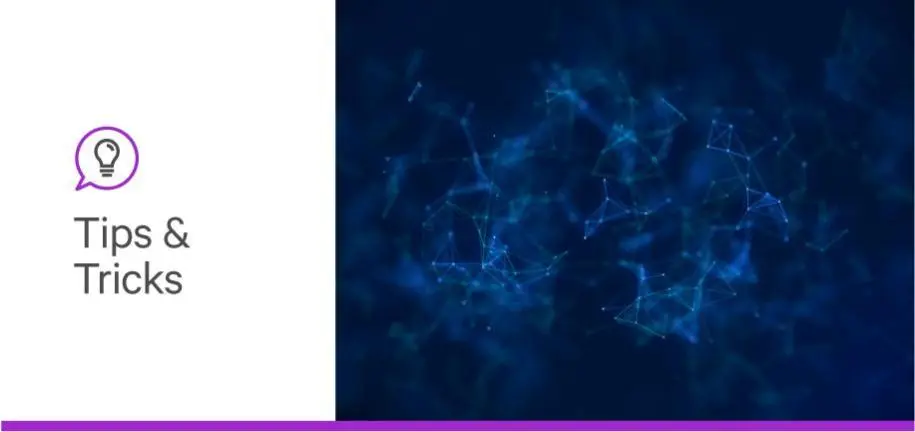
With applications ranging from drug targeting to genome sequencing, bioconjugation provides tools for more effective imaging and drug discovery methods. Join us as we explore the possibilities in this article.
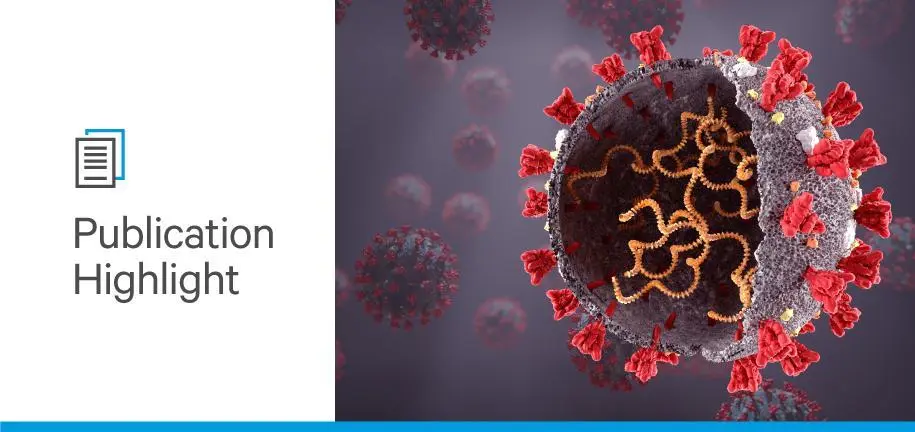
In this publication highlight, we review the use of LIBRA-seq to characterize monoclonal antibodies from a recovered SARS-CoV donor, expanding our understanding of cross-reactive antibodies for coronavirus.

Bioconjugation offers a way to chemically link two molecules to form a single hybrid, where at least one of the molecules in the partnership is a biomolecule. The resulting product retains the activity of each component, yet also gains novel functionality that is not possible with either molecule alone. In a recent webinar, Dr. Craig Pow, Director of Technical Services at Vector Laboratories provided an introduction to bioconjugation and its applications, as well as key factors to success.





Stay in the Loop. Join Our Online Community
Products
Ordering
About Us
Application
Resources
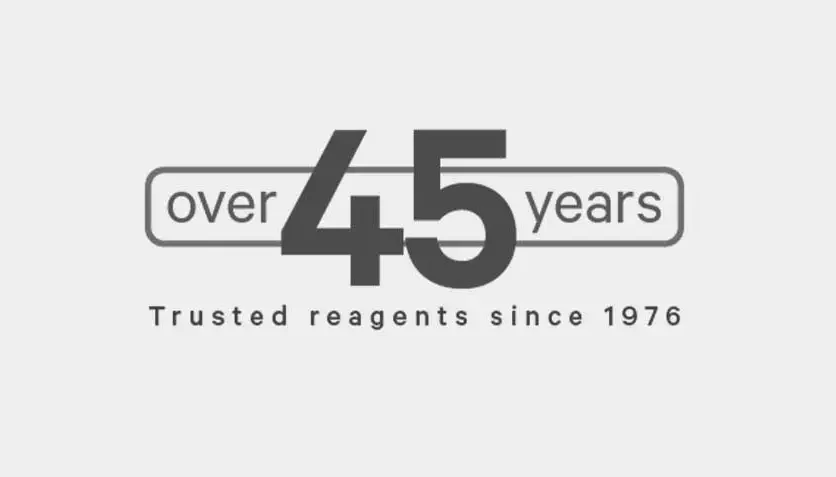
©Vector Laboratories, Inc. 2025 All Rights Reserved.
To provide the best experiences, we use technologies like cookies to store and/or access device information. Consenting to these technologies will allow us to process data such as browsing behavior or unique IDs on this site. Not consenting or withdrawing consent, may adversely affect certain features and functions. Privacy Statement